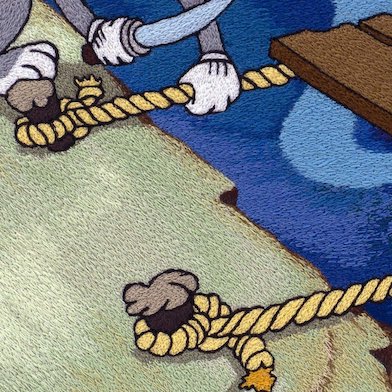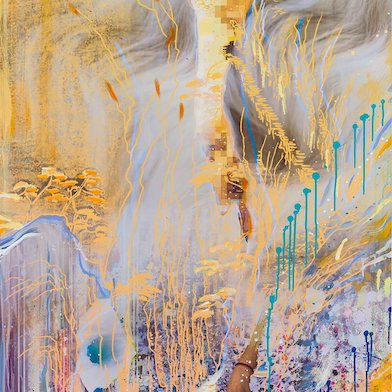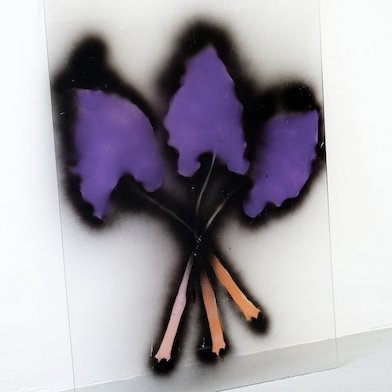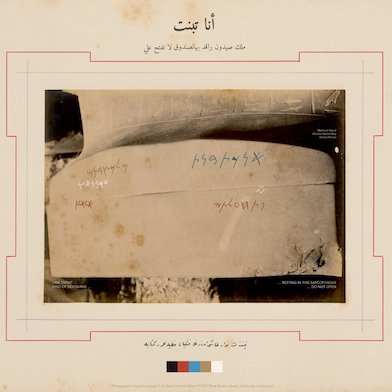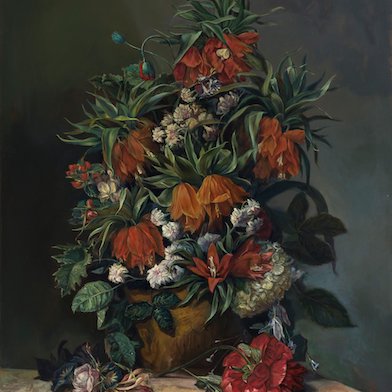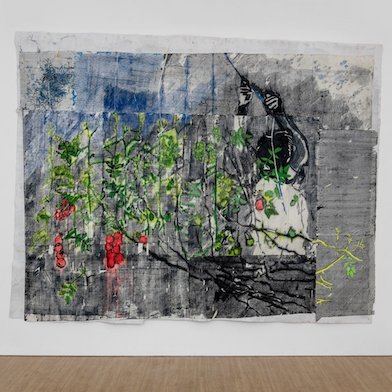Open: Tue-Sat 10am-6pm
Visit
Concrete Cuba
David Zwirner 20th St, New York
A comprehensive exhibition of paintings and sculptures by the Cuban group of abstract painters Los Diez Pintores Concretos (Ten Concrete Painters), which was active from 1959 to 1961.
Artworks

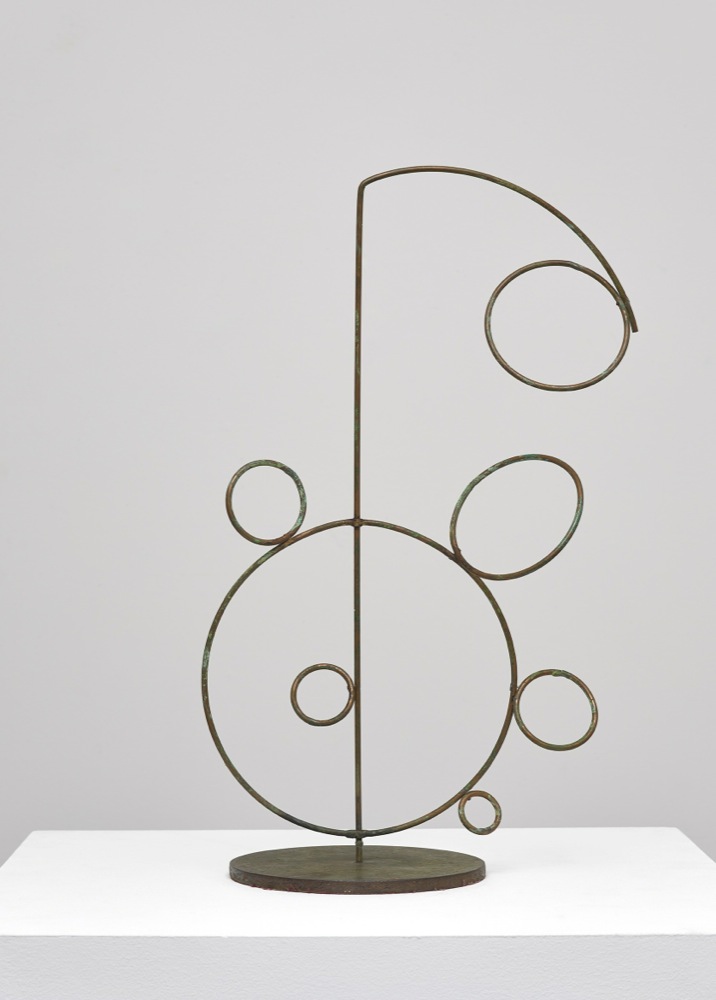





Installation Views
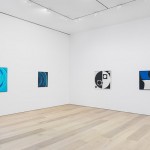
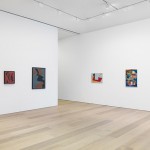
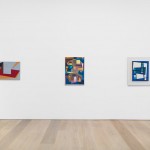
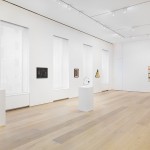
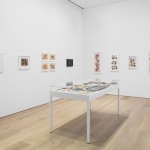
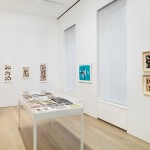
A comprehensive exhibition of paintings and sculptures by the Cuban group of abstract painters Los Diez Pintores Concretos (Ten Concrete Painters), which was active from 1959 to 1961.
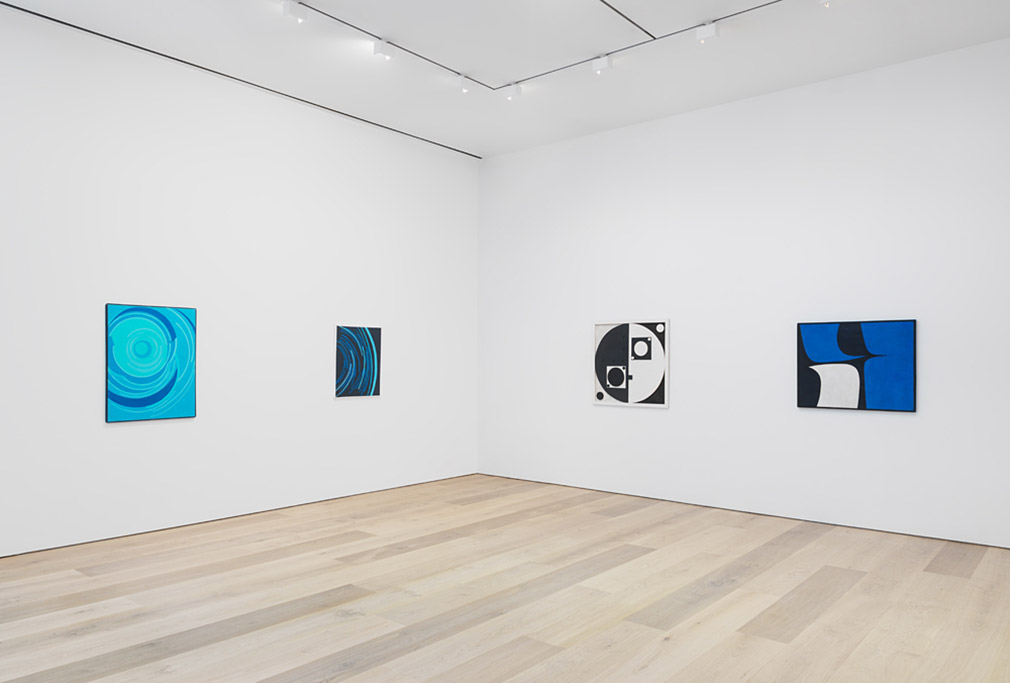
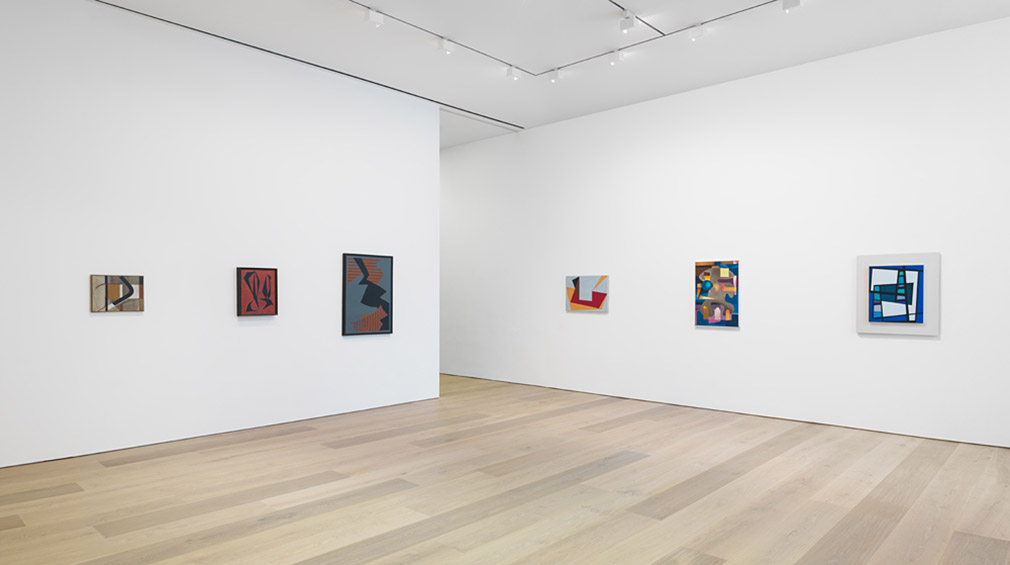
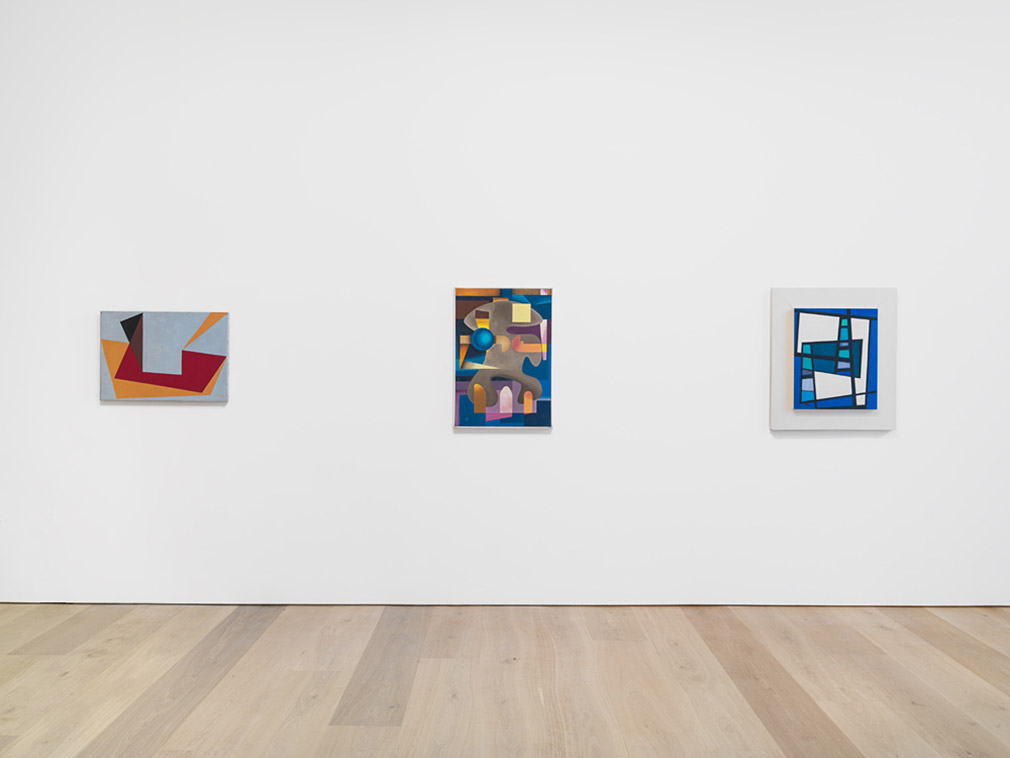
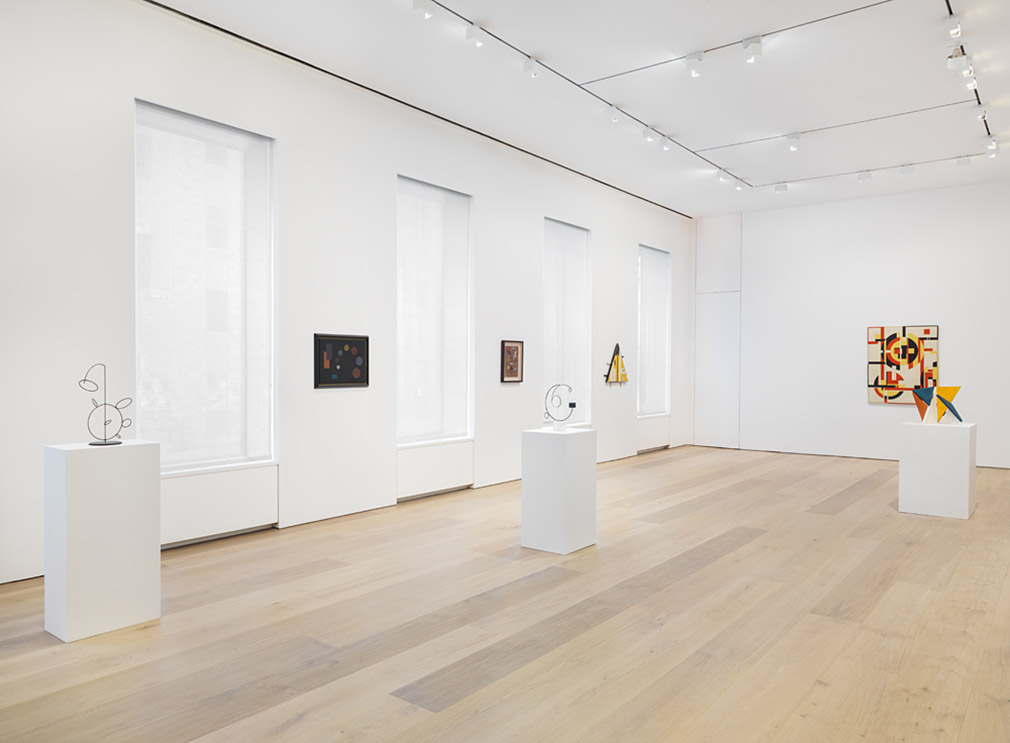
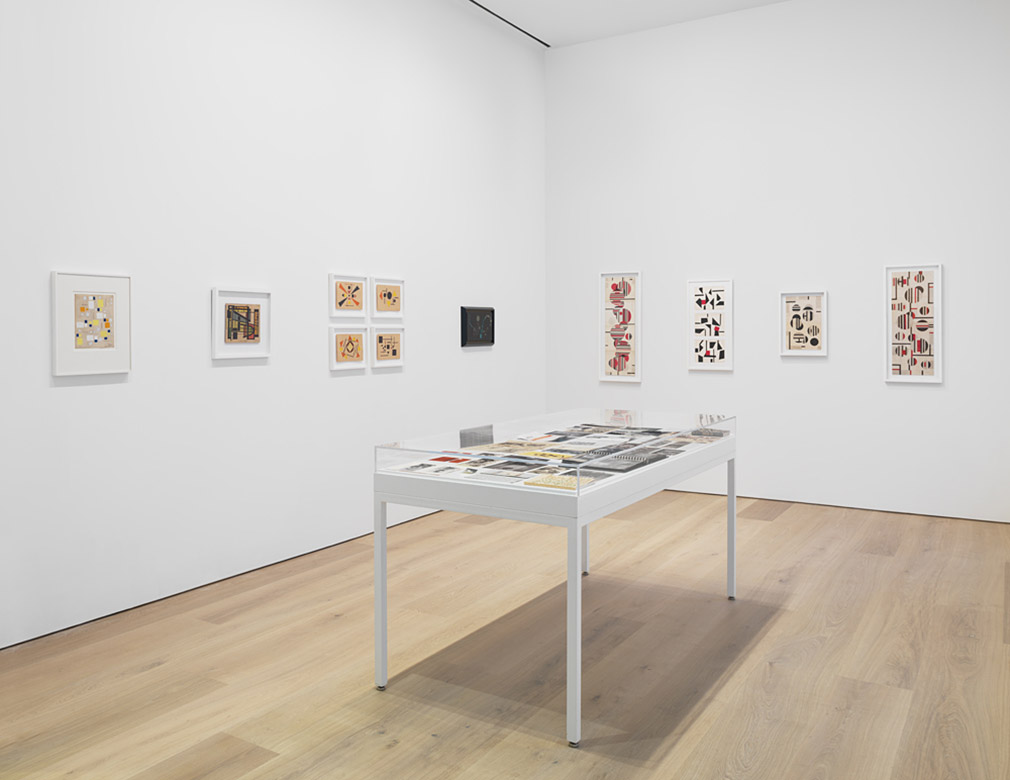
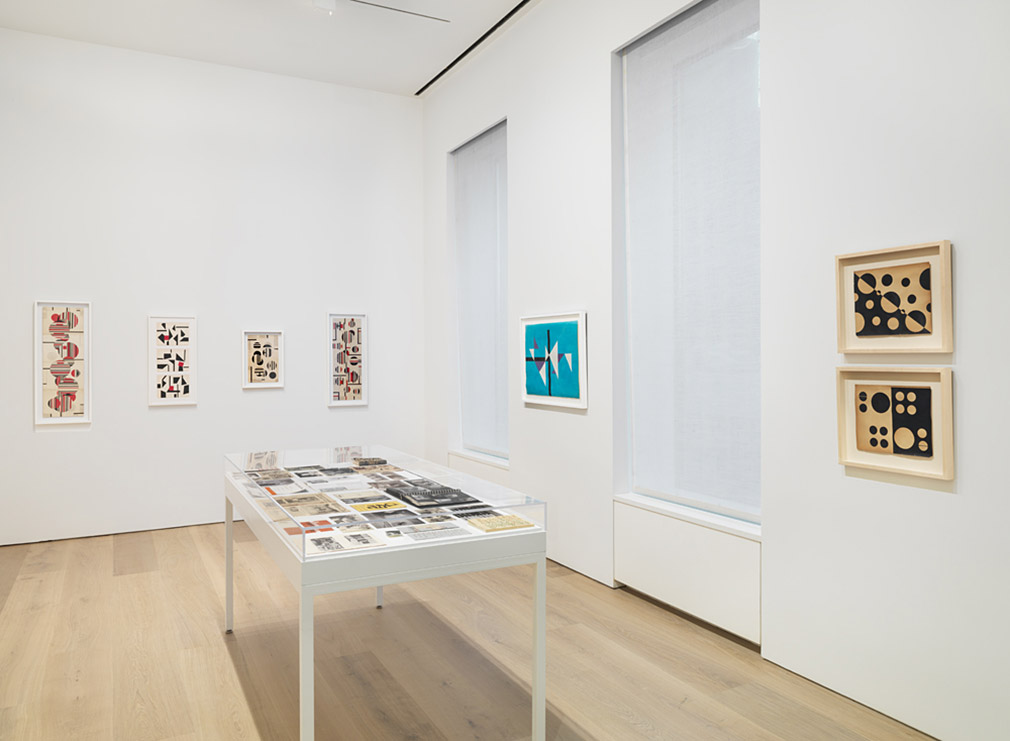
Concrete Cuba is one of the first major presentations outside of Cuba to focus exclusively on the origins of concretism in Cuba during the 1950s, and includes important works from the late 1940s through the early 1960s by the twelve artists who were at different times associated with the short-lived group: Pedro Álvarez, Wifredo Arcay, Mario Carreño, Salvador Corratgé, Sandú Darié, Luis Martínez Pedro, Alberto Menocal, José M. Mijares, Pedro de Oraá, José Ángel Rosabal, Loló Soldevilla, and Rafael Soriano.
The development of Cuban geometric abstraction and, specifically, the formation of Los Diez, coincided with the radical political and cultural shifts that raged throughout the country in the 1950s. The decade was marked by widespread turmoil and corruption following the 1952 military coup led by Fulgencio Batista. Culturally, Cuba experienced rising nationalist sentiments instigated in part by the influx of U.S. tourism and material goods. At the same time, Havana was undergoing rapid urbanization and quickly becoming an international city. Against this vibrant backdrop, artists sought a new visual language in which art, specifically abstract art, could function as political and social practice.
Los Diez formalized as a group in 1959 with their inaugural exhibition titled 10 pintores concretos exponen pinturas y dibujos (10 Concrete Painters Exhibit Paintings and Drawings) organized on the occasion of the second anniversary of the Galería de Arte Color-Luz, an artist-run space co-founded by Loló Soldevilla and her partner Pedro de Oraá in 1957 to foster abstract art in Havana. In the preceding years, many of the group’s members corresponded with those at the forefront of European and South American abstract movements and had traveled widely. One of the most important developments for Cuban concretism occurred in 1949, when Sandú Darié began a fruitful correspondence with Gyula Kosice, the influential leader of the Argentinian concrete movement Madí. Darié’s early embrace of Kosice’s theories of rationalism and materialism helped shape the evolution of hard-edge Cuban abstraction in the 1950s. Other artists, such as Wifredo Arcay, Mario Carreño, de Oraá, and Soldevilla, spent significant time abroad, where they were exposed to the philosophies and aesthetics of Neo-Plasticism, Constructivism, and post-Cubism.
The hard-edged, geometric abstract works executed by Los Diez were decidedly more cerebral than the overtly political aesthetic tactics deployed by preceding abstract expressionist painters in Havana during this decade. Los Diez sought a universal, utopian aesthetic that, in its purported political circumspection, offered a new form of political and social engagement. Though they employed a purely non-representational idiom, they did not consider their work to follow the dictates of other modes of abstract art, which they presumed to derive from forms found in nature. Rather, their non-referential compositions were based exclusively in intellectually formulated constructs using plastic elements, which they reduced to simple planes and colors. As Darié declared at the time, “This is concrete painting because each painting is a new reality.”(1) Los Diez moved abstraction from purely visual, formal concerns toward conceptual and phenomenological ends, in line with other contemporaneous international art movements, to engage both the viewer and the broader collective conscience of Cuba.
On view is work by Wifredo Arcay (1925–1997) who, working as a printmaker in the Parisian suburb Meudon in the early 1950s, befriended such artists as Fernand Léger, Sonia and Robert Delaunay, and Jacques Villon. In 1953, he joined Groupe Espace, an association of Parisian Constructivists, which encouraged a synthetic relationship between art and architecture, leading Arcay to abandon easel painting for mural painting a few years later. Arcay’s hard-edge work in this exhibition reveals the artist’s ongoing interest in spatial concerns and Neo-Plastic theories of universalism and utopianism.
In an effort to both create a new reality, and to also transform the existing world, Sandú Darié (1908–1991) created an experimental and experiential series of kinetic sculptures he called “estructuras transformables,” or “transformable structures,” several of which will be on display. Other highlights are examples of Darié’s “estructuras pictóricas” (“pictorial structures”), wherein he explored notions of the frame and its relation to space and time.
Luis Martínez Pedro (1910–1989) worked continuously as a commercial artist throughout his artistic career, which undoubtedly informed his vibrantly graphic compositions. From 1963 to 1973, Martínez Pedro worked on his most iconic series “Aguas territoriales” (“Territorial Waters”), in which circular and semi-circular lines, most often gradients of blue or mauve, swirl like whirlpools around a central core and float across monochromatic planes.
Perhaps most known for founding the Galería de Arte Color-Luz, Loló Soldevilla (1901–1971) produced only a small but considered body of work, spanning kinetic sculpture, hard-edge painting, and geometric collages that reveal her sustained and thoughtful engagement with historical and contemporaneous abstract tendencies. Her formal experimentations, as in her three-dimensional, finely wrought stabiles, and colorful, geometric collages, demonstrate her concerted effort to achieve purity, harmony, and universalism in her work.
Also represented here is work by Rafael Soriano (1920–2015), whose style is generally characterized by a dynamic interplay between planes of color and flat, angular, geometric forms. This formal tension between color and form results in an ambiguous field of spatial depth and illusion. It is in these intuitive, rather than intellectualized, works that Soriano sought to convey “the truth of our interior world, the reality of our psychic world.”(2)
Mario Carreño (1913–1999) produced his finest work in the 1950s, after renouncing the romanticism of his earlier figurative work. The exhibition will highlight his use of extremely shallow pictorial space and totemic, geometric symbols—typical features of his paintings from this period. Disillusioned with Batista’s leadership, Carreño left Cuba before the 1959 Los Diez exhibition at the Galería de Arte Color-Luz. Though his absence precluded his inclusion in the landmark exhibition, Carreño is often appended to the Los Diez group given his significant contribution as a Cuban concrete artist during the decade.
Los Diez enjoyed a relatively easy relationship with the Batista regime, despite the artists’ opposition to his dictatorship, owing in part to their seemingly apolitical aesthetics and actions, and to Mario Carreño, who as the Artistic Director of the National Institute of Culture, installed the state galleries in the Palacio de Bellas Artes with abstract art, thereby mediating any possibly perceived political threats. Abstraction, however, became suspect during the 1959 Revolution, led by Fidel Castro, for its earlier radical associations and utopian ideals. Consequently, many abstract artists began to flee the country.
The final Los Diez exhibition was presented at the Galería de Artes Plásticas in the Cuban city of Camagüey in 1961. The gallery closed soon thereafter under increased political pressure and, with the exodus of artists and the closure of their main exhibition space, Los Diez disbanded. In all, the group showed together a total of three times and published two portfolios of prints. Despite its brief existence, Los Diez had a profound impact, not only on the history of Cuban art, but on the trajectory of twentieth-century abstraction internationally.
An extensive fully illustrated catalogue with new scholarship by art historian Abigail McEwen and a comprehensive chronology of Los Diez is forthcoming from David Zwirner Books.
With special thanks to Antonio de la Guardia and Francisco Arevalo.
(1) Quoted in Abigail McEwen, Revolutionary Horizons: Art and Polemics in 1950s Cuba (New Haven: Yale University Press, forthcoming 2016).
(2) Ibid.
